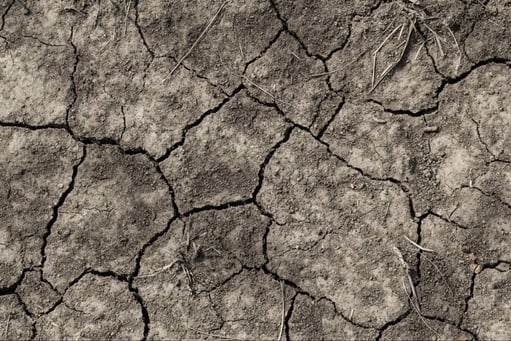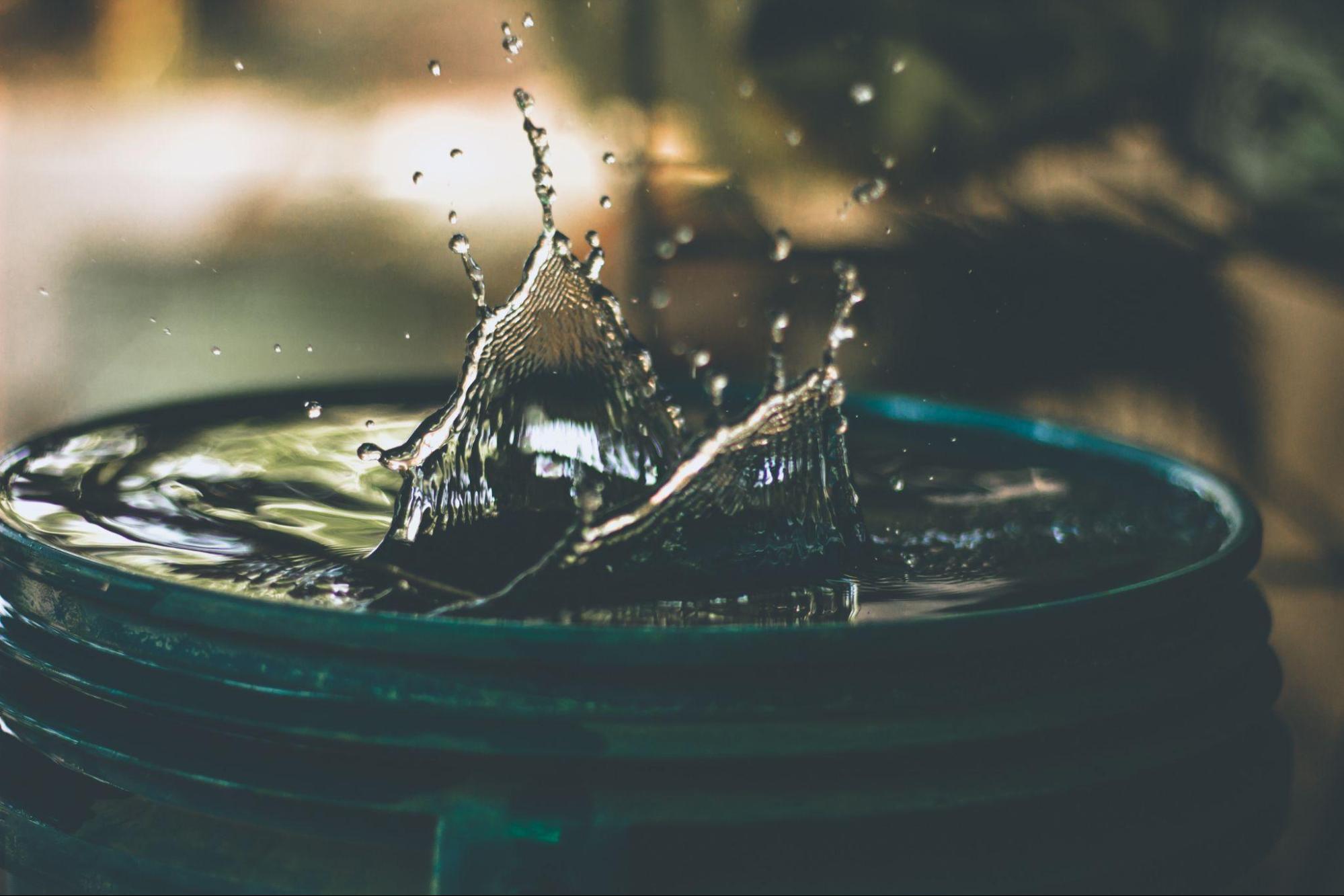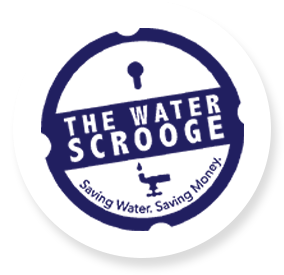4 min read
The Role of Water Conservation Products in Drought-Prone Areas
![]() David Schwartz
Apr 24, 2023 4:11:21 AM
David Schwartz
Apr 24, 2023 4:11:21 AM

As you may already know, droughts are an unfortunate reality that we have to deal with on our planet. Essentially, a drought occurs when there is a prolonged period of time with very little precipitation, resulting in a significant reduction in the amount of water available for human and animal needs. Various factors, such as geographic location, climate change, and hydrology, can contribute to the occurrence of droughts.
The long-term effects of droughts can be quite varied and can take a while to become apparent. Unfortunately, it can also take a considerable amount of time for regions to recover both ecologically and economically. Therefore, as landlords, we have a responsibility to ensure that our tenants are aware of the importance of water conservation and that we implement policies that promote sustainable water usage in our properties.
What we do know is that people and animals need water to survive, so water conservation is a high priority. In drought-prone areas, there is a greater imperative to use water wisely and prevent waste.
Related: The 8 Best Water-Saving Products for Multifamily Buildings
Aging Infrastructure and Water Efficiency
As drought is not a new problem, you might wonder why we must rethink water conservation in drought-prone areas. Innovation in water conservation is required here because greater understanding and new technology can provide a greater impact. High-efficiency dishwashers and washing machines, low-flow fixtures, leak detection and prevention devices, and many other products make water conservation more efficient and effortless for you and your properties.
Aging infrastructures with leaking pipes and poor efficiency are responsible for the wastage of trillions of gallons of fresh water in the United States each year. This has to stop. While investing in water conservation products is costly, it is not as costly as significant water loss.
Water Conservation Processes
In drought-prone areas, processes like rainwater harvesting, water reuse, and harvesting water from the air have proven valuable. Here are two more examples of water conservation processes and related products that have exciting potential.
Water Desalination
Because so much of the earth is covered by salt water, there has been much research in finding ways to desalinate it for human consumption. Also, salt and brackish water can supplement depleted fresh water supplies during droughts. The process of desalination is an energy-intensive one, but there has been the development of cost-effective technologies like a microdevice to make salt water drinkable.
Related: What are the Growing Trends in Water Conservation
Drip Irrigation
Farms require large quantities of water to support the foods they grow. But drip irrigation can ensure water is used efficiently to moisten the soil and guard against water wastage. Drip irrigation is cost-effective and, when incorporated with IoT and wireless technology, can be monitored and operated remotely or without human intervention at all. With embedded soil sensors, an app on a farmer's phone can allow them to control irrigation valves and motors remotely.
Are you concerned about water conservation in residential units? We can help. Visit The Water Scrooge for more information.

Products to Use in Drought-Prone Areas
If you live or own property in a drought-prone area, here are a few products that may make water conservation easier for you and your tenants.
Consider Leak Prevention and Detection for your Properties
As already stated, leaks are responsible for the loss of trillions of gallons of water annually in the United States. This loss is expensive and especially tragic in drought-prone areas. Consider installing products that detect and prevent leaks in places like toilets, where they go unnoticed or unreported for long periods.
Leaks can form at any time, so unless you check for them regularly or have a device installed, you will likely be paying for wasted water. The Toilet Leak Prevention Valve is powered by water and uses motion sensors to control water flow in the toilet. After the user has flushed the toilet, the valve closes so that no more water can flow into the toilet.
Install Shower Flow Controls
Your average tenant takes 8 - 10-minute showers, using up to 50 gallons of water. While you still want your tenants to enjoy their showers, you also want to conserve water - especially if they live in a drought-prone area. Consider installing a temper-proof shower flow controller. Your tenants won't be able to remove the controller like they can with low-flow shower heads.
These devices are easily installed behind the wall and attached to the shower fixture. It regulates and limits the amount of water used for showers while compensating for water pressure variations. Your tenants can still enjoy relaxing showers while still conserving water.

Invest in Water Flow Management Systems
You may not know this, but water meters measure volume and cannot differentiate between water and air. So, you are likely paying for air as well as water each month. But a water flow management valve can correct this.
This patented, externally-adjustable smart valve compresses air, removing its volume from your metered water. It fits on the user side of your water meter, in the existing pipe joint, and prevents excessive water usage. The smart valve is easy to install and suitable for residential units, schools and universities, hotels, and office and retail facilities.
Energy and Water Efficient Appliances
Energy efficiency often goes hand in hand with water conservation. So, high-efficiency (HE) dishwashers and washing machines can significantly limit water waste and increase water efficiency. These HE appliances work by reducing the amount of energy and water it takes to function effectively. HE washers can save up to 80% of the water regular top-load washers use. Also, they are larger, so they can wash more laundry than traditional models.
Related: Top 3 Benefits Of Water Consulting Services
Help for Drought-Prone Areas
Diligent water conservation measures can offset the unpleasant reality of drought conditions. As a landlord, you can ensure that your tenants in drought-prone areas are using water wisely and it is not being wasted. Thanks to innovative thinking, water conservation products can go a long way to protecting your water supply.
Are you looking for ways to lessen your tenants’ water bills? Check out the water conservation products at The Water Scrooge today!

